Animals haven’t always looked exactly the same. They have all evolved from something, so some of their ancestors might have looked a little different than we imagine. In this not-so-romantic blog my friend, Sophie, tells us about 6 animals with unusual ancestors.
One day I visited Dublin Zoo as a child and came face to face with the model of a wolf-looking creature that completely blew my mind. You might wonder why it was so shocking. Well, this animal wasn’t a wolf – it was the ancestor of modern-day whales!
So, an animal that lived many, many years ago, from which whales were descended.
Whales . . . walking around on land?
If, like me, you’re fascinated by evolution then this is the blog for you. We’ll be looking at some familiar modern-day animals and their not-so-usual ancestors.
Just so we’re on the same page, evolution is the process by which living things (in this case, animals) change slowly over a long time, which can eventually result in a new species. We’re talking over many generations, not a Pokémon-style evolution! The earlier animal from the past is the ancestor, and the modern living animal its descendent.
(I should say this is all true at the time of writing, but new discoveries and reclassifications are happening all the time).
WHALES – PAKICETUS AND BASILOSAURUS


Now your appetite is whetted we have to start with whales. Well-known as ocean dwellers, whales actually evolved from an animal that lived on land about 50 million years ago.
Pakicetus (above) doesn’t look much like a whale – for a start it had four legs – but it would have hunted fish using its underwater hearing.
The climate at the time was warm, warmer than today. And pakicetus hunted in the shallow tropical Tethys, an ocean which no longer exists but was located in modern day Pakistan and India.
Their descendants moved further and further into the water, possibly because it provided a great source of food, and so adapted (changed) over time to live in a marine environment. This all happened within 10 million years, which might sound like a long time, but in evolutionary terms is extremely fast!
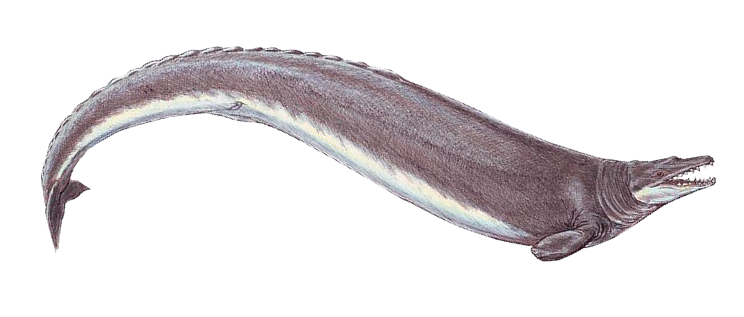
One later descendent is basilosaurus, a prehistoric whale that went extinct about 33 million years ago. Its name ends in ‘saurus’ because when first discovered people thought it was a lizard – probably because it was so long and snake-like. We now know it was a mammal. And despite living in water, it still had feet! In fact, even some modern whales occasionally have the ‘remains’ of back legs.
Fun fact: Basilosaurus was so big that large fish were part of its diet – including sharks.
TURTLES – EUNOTOSAURUS
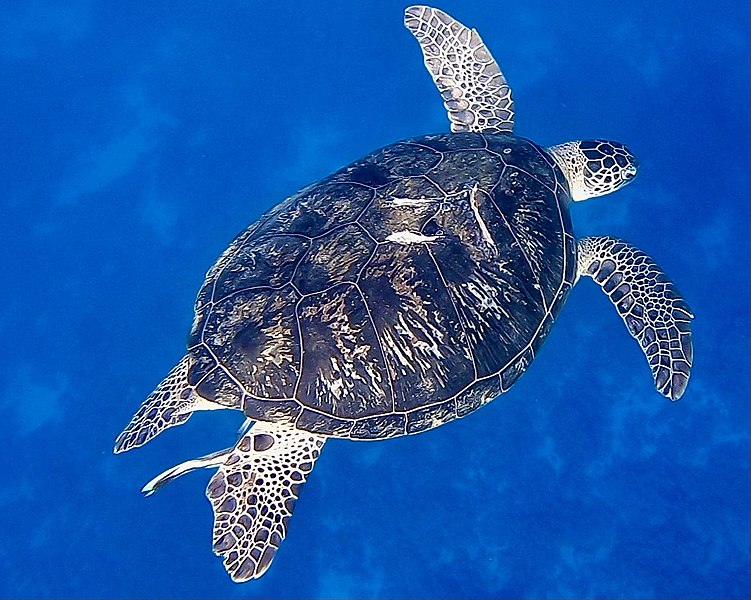
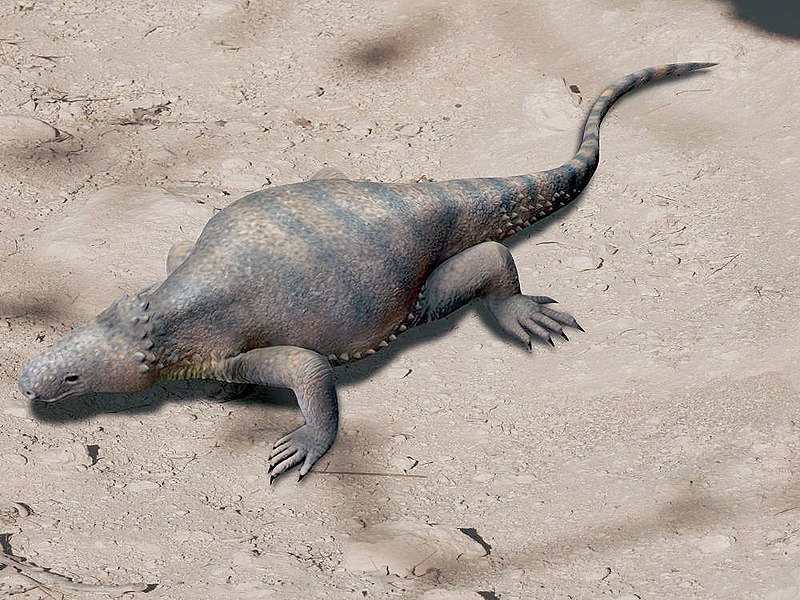
Like whales, turtles are another modern-day animal with land-dwelling ancestors, in this case, eunotosaurus, which lived 260 million years ago. Though I should say this is a ‘possible’ close relationship, so watch this space.
Eunotosaurus had very wide, flat ribs which touched each other to form plates similar to the shell of a turtle and reinforced its undersides. This sort of half-a-shell could be thought of as a ‘first draft’.
But these ribs would have made it tricky to move around on land, so what were they for?
Scientists think that while turtle shells act like protective armour, eunotosaurus’ ribs protected them in a different way, by allowing them to burrow underground and escape the hot sun.
They lived at a time when South Africa (as we know it today) was dry. So maybe it burrowed into the ground to escape droughts (when it hasn’t rained for a while).
Another notable difference is that turtles have beaks, whereas eunotosaurus had a mouth full of teeth. Turtles actually lost their teeth around 150 to 200 million years ago.
But then again, evolution isn’t a nice straight line. At one point in time both toothless and toothed turtles lived alongside each other. I wonder if the ones with teeth liked to show off to those turtles who didn’t.
ELEPHANTS – STEGOTETRABELODON
Picture an elephant and what comes to mind? ‘Trunks’ and ‘tusks’ are up there in my top 5.
The elephant’s earliest ancestors had no trunks. And fun fact: when the trunk did evolve, it was as a snorkel so elephants could breathe underwater (which is still one of its uses today).
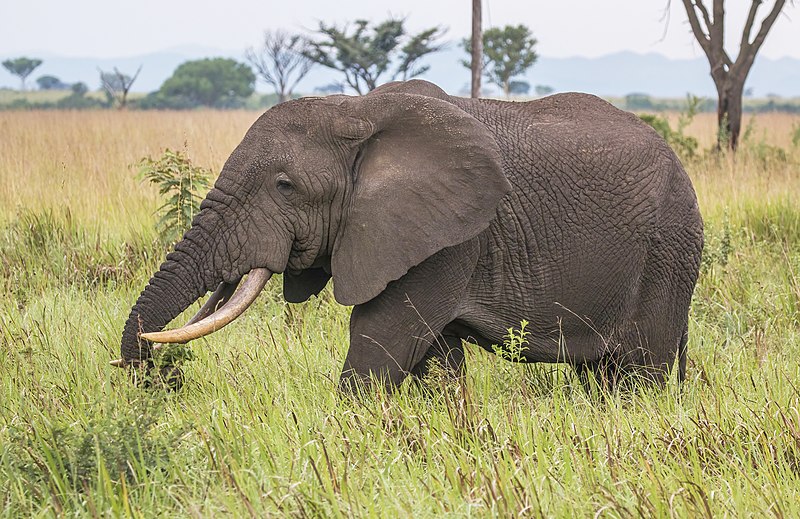
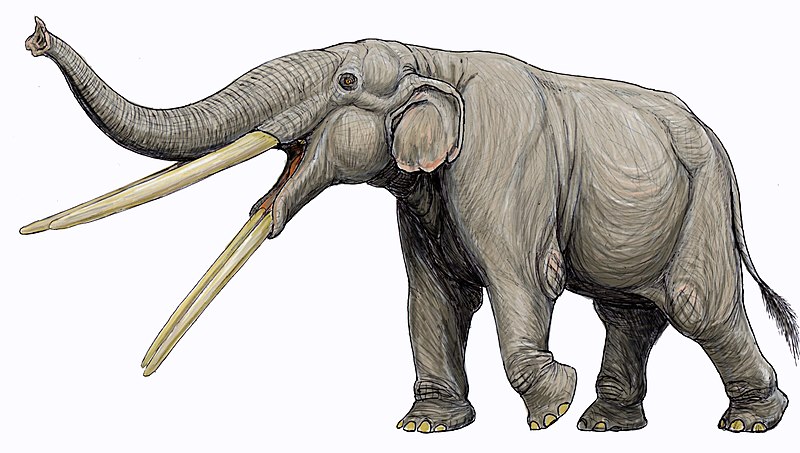
One of my favourite elephant ancestors also apparently decided that two tusks were two tusks too few. Stegotetrabelodon had four tusks – two on the upper jaw, and two on the tip of the lower jaw.
I wonder what it used them all for? And if they were heavy? And hard to manoeuvre? So many questions.
Prehistoric footprints found in the Arabian Desert also show that a herd of 13 stegotetrabelodon travelled together 7 million years ago, which is pretty amazing.
On a side note, did you know that another elephant ancestor – the straight-tusked elephant – once roamed Britain? Fossils have even been found beneath Trafalgar Square in London. Imagine that!
RHINOCEROSES – PARACERATHERIUM
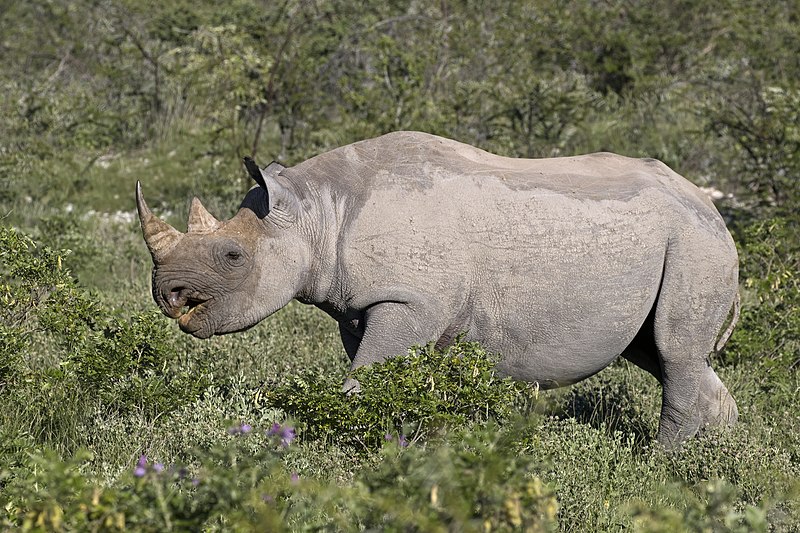

Similarly to elephants, rhinoceroses have many extinct ancestors missing a distinguishing characteristic, in this case its horn.
Paraceratherium (also known as indricotherium), is a hornless rhinoceros from 34-23 million years ago. It lived in different habitats, from dry deserts to subtropical forests.
A true titan, paraceratherium was one of the largest mammals to have ever walked on land. This photo of a person with a fossilized skull (below) will give you some idea of its scale.

We actually don’t know the exact size of paraceratherium, as we haven’t yet found all its fossils, so it’s still a bit of a mystery. However, it was definitely large enough to scare off most predators, with one notable exception.
Bite marks found on some fossils may have come from astorgosuchus, an extinct crocodile the length of two cars. Eek.
SERIEMAS – PHORUSRHACID (TERROR BIRD)
As they’re native to South America, you might not have heard of seriemas. Around 80cm long, these birds have long legs and necks and run (though they can fly) from danger. They mostly eat small animals such as insects, lizards, frogs and rodents.
If you’re a frog, they might sound pretty scary. However, seriemas are believed to be the closest living relatives to a much more terrifying animal – the extinct phorusrhacid, also known as terror birds.
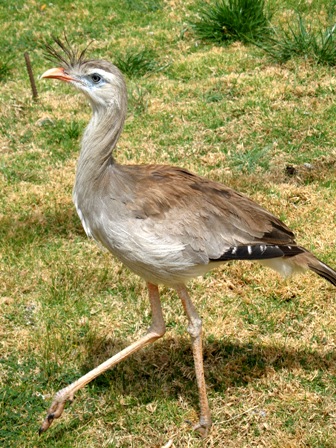
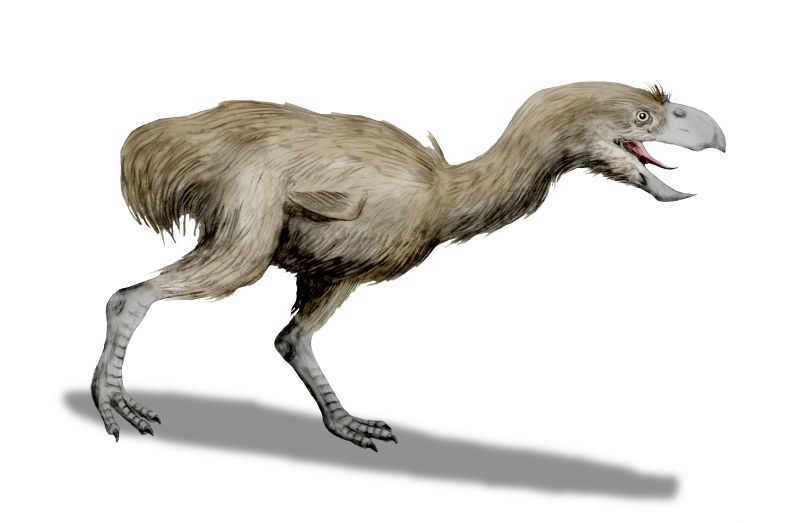
Terror birds were carnivores (meaning they ate meat), and one of the top predators of their time. They could grow up to 3 metres (or 10 feet), potentially making them the largest flightless birds to have existed. Whether that’s true or not, I still wouldn’t want to meet one! They also had strong hooked beaks for attacking prey and were fast runners with powerful legs.
You might be pleased to know that these terror birds likely went extinct around 1.8 million years ago.
HEDGEHOGS – DEINOGALERIX
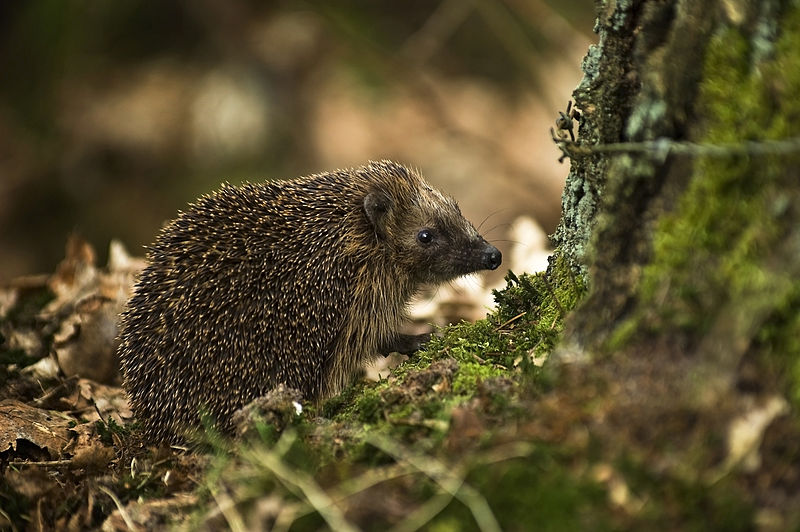

It wasn’t hard to find a nice photo of a hedgehog. I’m sure most of us think of them as cute.
But deinogalerix, on the other hand, wouldn’t win any awards for cuteness. In fact, its name even comes from the Ancient Greek for ‘terrible’ or ‘terror’, and it’s not hard to see why.
As with many of the ancestors we’ve looked at, deinogalerix was missing something very characteristic of hedgehogs – their quills (small spikes on the hedgehog’s back).
This giant (relatively speaking of course) spineless animal, from a hedgehog subfamily, could be found in what we now call Italy, but about 10-7 million years ago.
Because it lived on an island, its size may have been due to insular giantism. This is where small animals found on islands grow larger due to a lack of both predators (that want to eat them) and competition for resources like food.
The opposite can also happen, known as insular dwarfism. In fact, to mention elephants briefly again (they’re sneaking in everywhere) the extinct Cyprus dwarf elephant was only 1 metre tall, which is the height at which we usually have our doorknobs.
So if you’re near a door now, take a look and imagine a dwarf elephant in the room.
Rather that than a terror bird!
That was a quick ride through millions of years of evolution, and just some of the animal ancestors I found the most interesting compared to their modern descendants. Do you know of any others I might have missed? Let me know, along with your favourite animal from this blog, in the comments below!
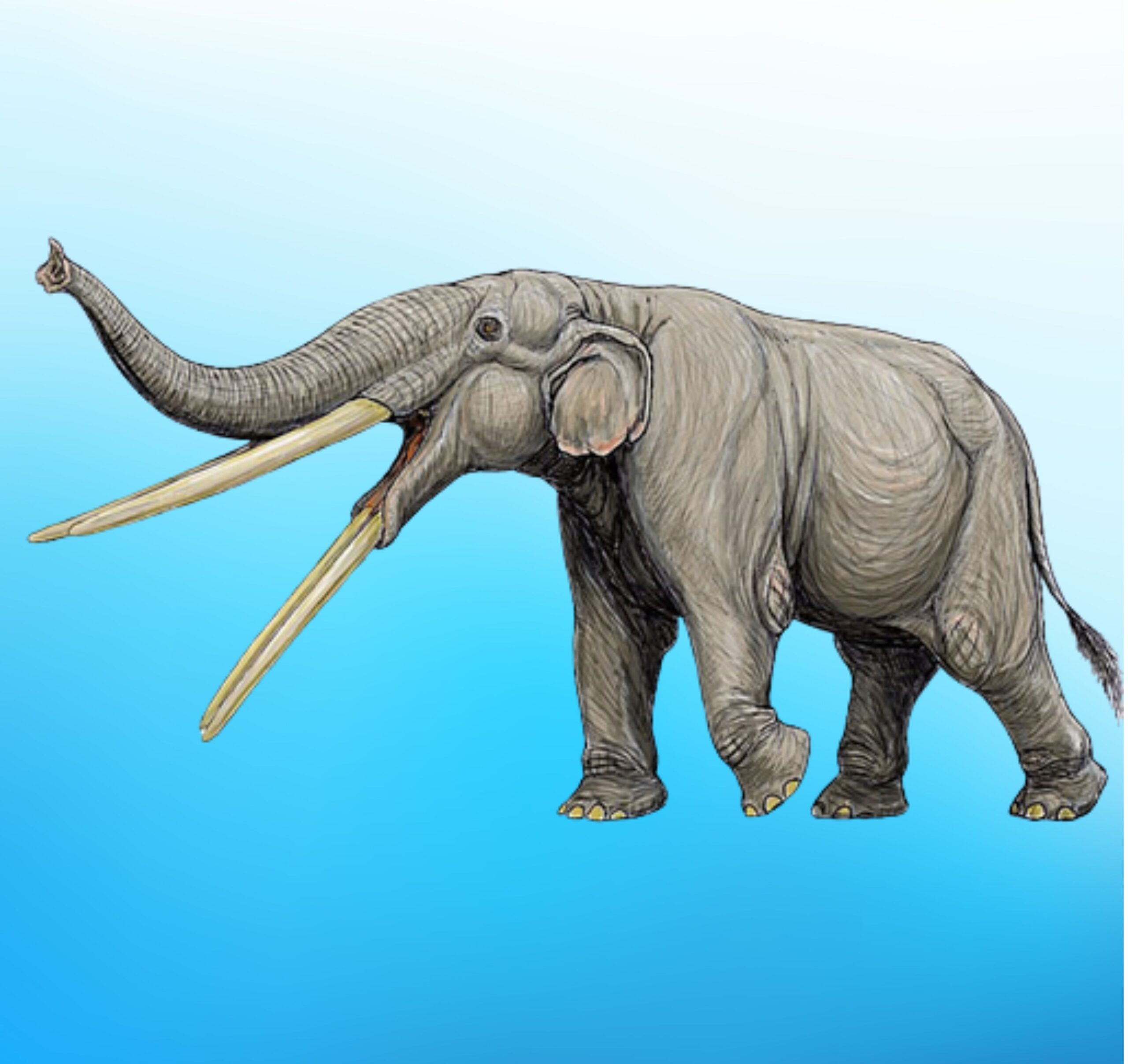
One response to “6 animals with unusual ancestors”
Aye!!! The ancestor of this animals are crazy